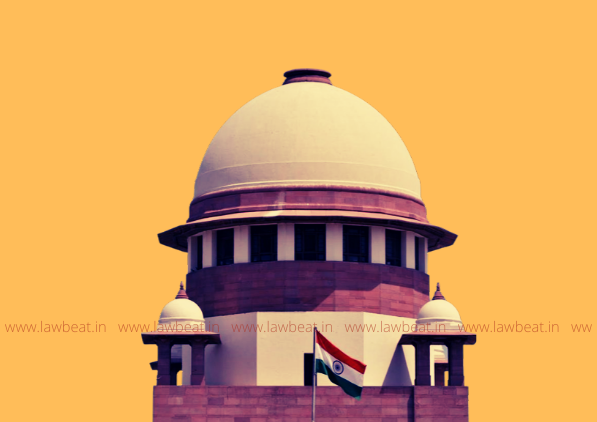High Courts Are In Crisis Situation Working Under 50% Of Sanctioned Strength: Supreme Court Issues Timeline For Appointment Of Judges

The Supreme Court in its judgment today, issued timelines in the “larger cause of dispensation of timely justice”.
A Full Bench of Chief Justice SA Bobde, Justice SK Kaul and Justice Surya Kant, while noting that most of the High Courts are functioning either with 40% vacancies or under 50% of their sanctioned strength, laid down the following timelines for clearing of names for Appointment:
- The Intelligence Bureau (IB) should submit its report within 4 to 6 weeks from the date of recommendation of the High Court Collegium, to the Central Government.
- It would be desirable that the Central Government forward the file(s)/recommendations to the Supreme Court within 8 to 12 weeks from the date of receipt of views from the State Government and the report/input from the IB.
- It would be for the Government to thereafter proceed to make the appointment immediately on the aforesaid consideration and undoubtedly if Government has any reservations on suitability or in public interest, within the same period of time it may be sent back to the Supreme Court Collegium with the specific reasons for reservation recorded. If the Supreme Court Collegium after consideration of the aforesaid inputs still reiterates the recommendation(s) unanimously, such appointment should be processed and appointment should be made within 3 to 4 weeks.
Earlier, the Supreme Court Collegium on 10.03.2017 had set a few timelines through their MoP;
- States may take not more than six weeks to send their views.
- The Central Government can presume no objection of the State Government, if their views are not received within six weeks.
- No timeline prescribed for the Central Government to forward recommendations.
- The Chief Justice of India to send recommendations/advise to the Law Minister within four weeks.
- The Law Minister to put up the proposal to the Prime Minister within three weeks for advice of the President.
While issuing the fresh timelines, the bench also laid to rest all arguments contending that if this Court considers laying down timelines, it would be contrary to the observations made in the Third Judge’s case.
Learned Attorney emphasized that the trigger for filling up of the vacancies is the recommendations made by the Chief Justices of the High Courts, followed by two stages; first when the Ministry processes the names and the second post the Collegium of the Supreme Court taking a call in recommending such of the names as are approved by the Collegium.
The Bench also noted that the High Courts should not hesitate in making new recommendations while the earlier ones are in the pipeline; “We may add that even in the earlier orders we have noted the apparent hesitation of some High Courts to recommend names when the earlier list(s) is in the pipeline. We have opined that there is no such impediment to initiate a new process without waiting for the result of the earlier recommendations.”
Case Title: M/s PLR Projects v. Mahanadi Coalfields | TP No. 2419 0f 2019
